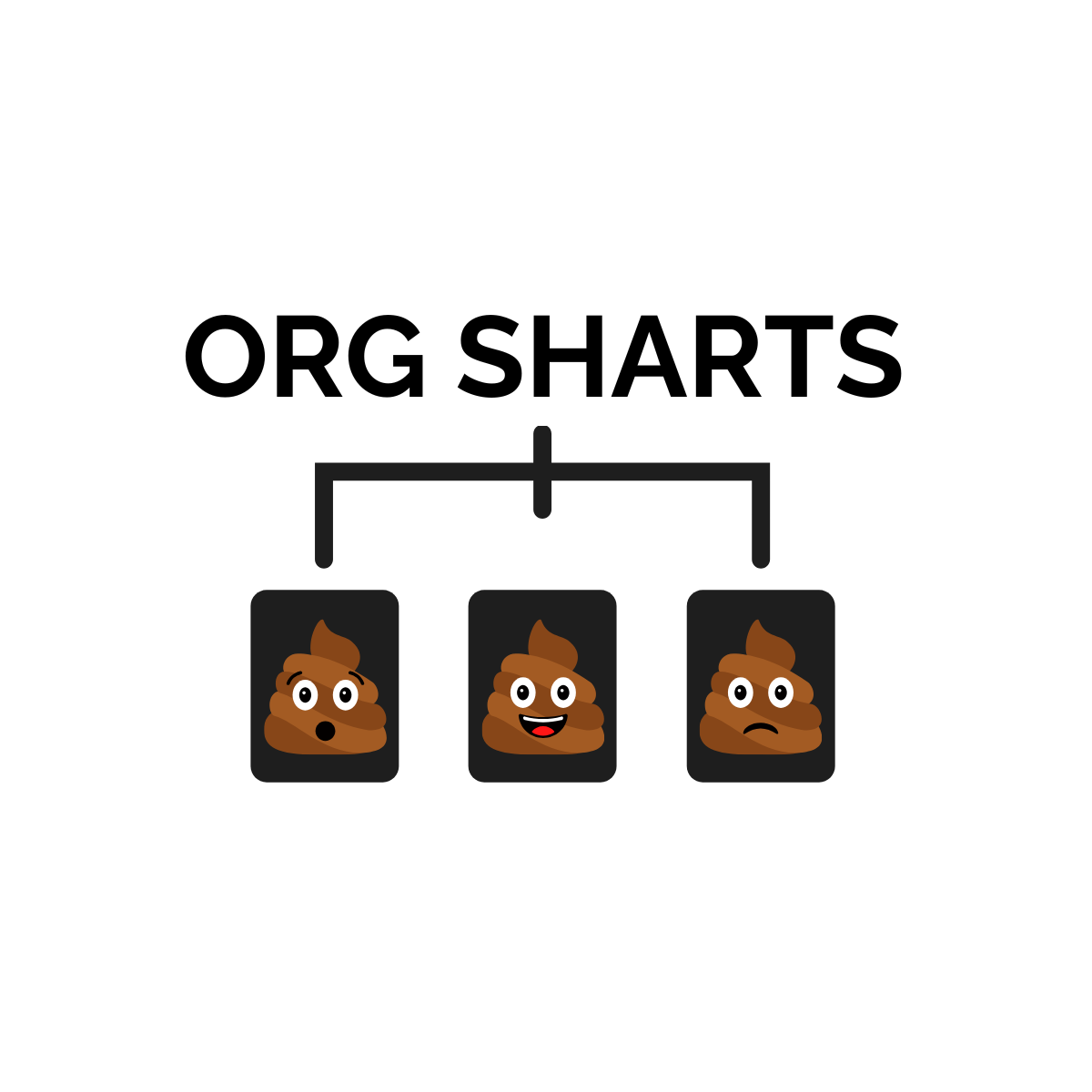Last night I had an interesting conversation with a fellow dance dad that was picking up his daughter at the same time as me. We got on the topic of what I do… which is always a problem. Because. What do I do?
Well, I design board games. I do that. I write. I do that. I’m a marketer. I do that. I mentor and coach businesses, so there’s that. And then there’s organizational design and I continue to be shocked at how few people know what organizational design is. And so, because I love a good conversation, I like to talk about org design.
Now, I want to also state here that I don’t have a certificate or degree in organizational design or behavioural psychology. I don’t have an MBA or a PhD or any of those cool things that come with extremely capitalized letters. I stumbled upon org design quite by accident. And so I like helping others stumble upon it as well. And it always generates some of the more interesting conversations.
For example, the dad last night is in tech; security software to be precise and when I told him that a lot of what I do is around systems, and ways of working and tools he sort of stumbled.
“Doesn’t everyone kind of use the same tools these days?”
He meant tools like G Suite/O365, Slack, and Zoom. And he’s kind of right. MOST organizations use SOME combination of a productivity suite and a comms suite. In the case of O365, many companies have then gone all in on the concept of Teams and so that covers comms and meetings. But some of those companies ALSO use Zoom. And ALSO use Slack. And more importantly than WHAT they use is HOW they use it.
For example, two organizations in the same industry might use Slack VERY differently. One might default to transparency with conversations happening in public channels. The other might use it as a massive web of DMs where very tiny conversations happen between and no one else.
Ok, so people use Slack differently. What the fuck are we actually designing?
Org design is about making a choice; a purposeful decision about how we’re going to communicate. Will it be transparent and open or will it be closed? Obviously the right choice is transparent? Right? Probably. But maybe not.
Maybe your team is a victim of analysis paralysis. Maybe if you had everything out in the open it would lead to hours upon hours of debate over things that shouldn’t require that much debate. Well, isn’t that something you should address?
Absolutely it is. But the order in which you do things matters. SO… maybe before you switch to a fully transparent model of work, you need to begin by setting better standards for accountability and responsibility. Maybe then and only then you could post a message in a Slack channel about an upcoming project and not have to deal with Brian’s anxiety about doing any actual work and the impact it will have on his workload.
The reason organizational design matters and is important and often difficult is that every choice about th way we work is fraught with org debt and personal history and emotional state and so on and so on. There are lots of books that tell you how you COULD run your organization but for every book about how a company should run there are a hundred companies that should not be run that way.
I love talking about the way people and organizations work because it’s like exploring space. It’s vast. It’s beautiful. And no one knows everything. We’re all just explorers.
